Three years before, Rwanda had decided to make preventing cervical cancer a health priority. The government agreed a partnership with pharmaceutical company Merck to offer Rwandan girls the opportunity to be vaccinated against human papillomavirus (HPV), which causes cervical cancer.
This was the first time an African country had embarked on a national prevention programme for cervical cancer. Could Rwanda become the first country in Africa to eliminate it?
It was an ambitious goal. Cervical cancer is the most common cancer in Rwandan women, and there were considerable cultural barriers to the vaccination programme – HPV is a sexually transmitted infection and talking about sex is taboo in Rwanda. Added to this, rumours that the vaccine could cause infertility made some parents reluctant to allow their daughters to be vaccinated.
Rwanda’s economy and history also made it seem an improbable candidate for achieving high HPV vaccination coverage. After the 1994 genocide, it was ranked as one of the poorest countries in the world. High-income countries had only achieved moderate coverage of the HPV vaccine; if the United States and France couldn’t achieve high coverage, how could Rwanda?
Worldwide, cervical cancer is the fourth most common cancer in women. There were an estimated 570,000 new cases in 2018 – and over 310,000 deaths, the vast majority in low- and middle-income countries. Sub-Saharan Africa has lagged behind the rest of the world in introducing the HPV vaccine and routine screening, which means the cancer often isn’t identified and treated until it has reached an advanced stage.
Almost all cases of cervical cancer are caused by HPV. It is one of the commonest sexually transmitted infections globally, and most of us are infected with at least one type of genital HPV at some point in our lives – usually as teenagers or young adults. In most cases the virus is harmless and resolves spontaneously without causing any symptoms such as genital warts.
There are more than 100 strains of HPV, at least 14 of which can cause cervical cancer and a range of less common cancers, including of the penis, vagina and anus. Persistent infection with two strains of HPV, 16 and 18, is responsible for 70 per cent of cervical cancer cases.
The first vaccine against HPV became available in 2006. This was the culmination of decades of work, notably by scientists in Germany, who in 1983 discovered the link between HPV infection and cervical cancer.
Ian Frazer and Jian Zhou at the University of Queensland, Australia, then jointly developed the technology that enabled the HPV vaccine. Using recombinant DNA technology, they built the shell of the virus from scratch and made an ‘empty’ human papillomavirus in the lab.
“This was something nobody had achieved before,” Frazer says. They realised this empty, non-infectious HPV could be used as a vaccine to prevent HPV and cervical cancer.
The news that there was a new vaccine which could drastically reduce the number of women getting cervical cancer went around the world. But with the excitement about the new vaccine came the realization that not all girls would have the same opportunity to receive it. It was likely that at least a decade would pass between its introduction in high-income countries and in low-income countries.
Today there are three HPV vaccines – Gardasil and Gardasil 9, made by Merck, and Cervarix, made by GSK. All are highly effective at preventing infection with virus types 16 and 18. The newest – Gardasil 9 – was licensed in 2014 and protects against nine types of HPV, which between them cause around 90 per cent of cervical cancers.
More than 800,000 people died in the Rwandan genocide, and its widespread destruction left the country devastated. Coverage of most World Health Organization-recommended childhood vaccinations plummeted to below 25 per cent. But within 20 years, the number of babies in Rwanda receiving all recommended vaccinations, such as polio, measles and rubella, had increased to around 95 per cent. Rwandans’ life expectancy more than doubled between 1995 and 2011. The Rwandan government had demonstrated the determination and thoroughness of its approach to vaccinations. Could it now have the same success with HPV?
Before the HPV vaccine arrived in Kanyirabanyana, 63-year-old Michel Ntuyahaga, a community health worker, spent weeks canvassing his village, going to each of the 127 mud-brick houses to inform parents about the upcoming vaccination campaign.
Joined by a nurse, he explained to parents that if they had an adolescent daughter, they had an opportunity for her to be vaccinated against a deadly women’s disease – cervical cancer.
“I explained to parents that the cancer is a disease and that the one measure to prevent it is vaccination,” he says.
Ntuyahaga wasn’t the only person educating the community about the vaccination campaign.
Constantine Nyiransengiyera has been a primary school teacher in Kanyirabanyana for the past 13 years. In addition to teaching maths, science, French and English, she was – and continues to be – responsible for gathering all the 12-year-old girls at the local school to educate them about the HPV vaccine.
Silas Berinyuma, a leader in Kanyirabanyana’s Anglican church for the past 24 years, preached about the importance of the vaccine for weeks before it arrived in the village. The church used drama to depict scenes of cervical cancer’s devastating impact. This continues today.
The same awareness campaign was taking place around the country – Rwanda has a network of 45,000 community health workers, volunteers who are present in every village. Bugesera is a district in the Eastern Province, not far from the border with Burundi. Billboards line roads through the district, advertising soft drinks alongside public health messages. One says: “Talk to your children about sex, it may save their lives.”
Not far off the main road is Karambi, a village surrounded by banana plantations. Toddlers roll tyres down the red-earth roads, teenagers carry handfuls of firewood on their heads, and adults herd cows and goats.
In 2013, the then 12-year-old Ernestine Muhoza was vaccinated against HPV at her school. “The teachers called just girls for assembly and told us that there was a rise of a specific cancer among girls aged 12 and that it was time for us to get vaccinated,” she says.
The Rwandan government had demonstrated the determination and thoroughness of its approach to vaccinations. Could it now have the same success with HPV?
When she went home to tell her parents about the vaccination, they’d already heard about it on the radio and via community health workers.
Muhoza’s parents readily agreed. But not every parent did. Some were sceptical. Why, they wondered, would their girls be getting vaccinated now, at this age? Why couldn’t all girls and women receive the vaccine? And rumour had it that the vaccine would make girls infertile.
Community health worker Odette Mukarumongi worked tirelessly in Karambi to counteract the rumours. “I told parents that a girl will go into constant menstruation – like endless bleeding – if she gets cervical cancer,” she says.
Mukarumongi says parents eventually “surrendered” and allowed their daughters to be vaccinated. Today, she says, parents rarely refuse, now that they can see the widespread acceptance of it in the community.
In Kanyirabanyana, Ntuyahaga worked similarly hard to convince parents that the vaccine wouldn’t stop their daughters from being able to conceive.
“Parents had heard that the vaccine made girls infertile. We struggled to explain to them it wasn’t true – that it was better to vaccinate their daughters against the cancer because if they got it they would become infertile,” he says.
Community health workers and nurses visited homes with posters of women’s reproductive organs to show parents the damage cervical cancer could do to their daughters.
Felix Sayinzoga, manager of the maternal, child and community health division at the Ministry of Health, says: “Rwandans are really afraid about cancer so it was easy [to roll the vaccine out]. It was also about the trust the community has in the government. That was really important – the community knows that we do not bring things that are not good for them.”
The current health minister, Diane Gashumba, agrees that trust in the government has been critical in supporting the vaccine’s uptake, but admits that the rumours surrounding it were difficult to quash.
“The rumours were not anticipated. But, of course, as the HPV vaccine was a new vaccine for a new target group there were many questions.” She adds that church and village leaders, community health workers and radio programmes played an integral role in dispelling myths about the vaccine.
Despite the vaccine’s potential to save lives – millions of them – HPV vaccination has been mired in controversy and hostility, and this has heightened in recent years.
The vaccine is recommended for girls, and in some countries for boys aged 12 to 13 too, because this is before sexual activity begins, bringing the risk of exposure to HPV. This has resulted in the vaccine being linked with promiscuity – a belief that vaccinating young girls against an STI sexualises them and encourages sexual activity. There is no evidence that boys or girls who receive the vaccine have sex earlier than those who do not have the vaccine. But this concern is one of the reasons that India – a country where more than 67,000 women die from cervical cancer every year – has refused to introduce HPV vaccine into its routine immunisation programme.
Leela Visaria, social researcher and honorary professor at the Gujarat Institute of Development Research in India, says: “The underlying reason why people don’t want it [the vaccine] is the fact it’s given to adolescent girls. They fear that girls will become promiscuous.”
Parents’ concerns about the HPV vaccine have been further fuelled by false claims about its safety. This misinformation has spread rapidly, worldwide, on social media. Japan’s take-up rate has plunged from more than 70 per cent to less than 1 per cent. Coverage has also dropped in parts of Europe, such as Denmark. In Ireland, conversely, a targeted social media campaign is reversing a sharp decline in the HPV vaccination rate.
Peter Hotez, a vaccine scientist and dean of the National School of Tropical Medicine at Baylor College of Medicine in Texas, agrees that there is a problem in the fears that the vaccine sexualises young girls. “The other problem is that the anti-vax movement has been making false assertions about it – claims that it leads to autoimmune diseases and paralysis.
“I think the movement is attempting to draw a line in the sand and say, ‘no more vaccines’ and when something like HPV comes along they are throwing everything they can at it. It’s having a devastating impact. I worry that we will start to export this garbage and it will impact vaccine uptake in Africa.”
“Initially, when the HPV vaccine was introduced in different countries, there were differences of opinion on whether to focus on HPV and how it’s transmitted, or to focus on the fact that HPV leads to cancer and this vaccine will prevent cancer,” says Mark Feinberg. He is the former chief public health and science officer at Merck who was involved with the Rwanda programme.
“Rwanda emphasised cancer prevention. It sought to communicate that the vaccine is here to protect young women from cervical cancer.”
It’s a decision that is widely accepted by public health experts as the right one.
Ian Frazer, the immunologist who co-invented the first HPV vaccine, says: “The HPV vaccine has had a negative association. It has turned cervical cancer into an STI, which it is, of course, but we have to be careful. There is a right messaging for every country. Now we just talk about it as a vaccine to prevent cervical cancer. I think that’s the right strategy.”
In Karambi, Muhoza, who is now 17 years old, says: “You know, there are some things that cannot be talked about openly, especially when they relate to sex.”
When Rwanda and Merck signed their agreement, it meant that from 2011 the pharmaceutical company would supply the country with HPV vaccinations for three years at no cost.
As one of the world’s largest pharmaceutical companies, Merck wanted to demonstrate that it was feasible to introduce the vaccine in low-income countries in the hope that Gavi – a global health alliance to increase access to vaccination in these countries – would take note and get on board.
“Yes, Merck is a for-profit company, but our motivation was to maximize the impact of the vaccine. We wanted to find ways of enabling its innovations to be more broadly available,” says Feinberg, who is now president and CEO of the International AIDS Vaccine Initiative.
“You quickly recognise that you have a vaccine that can have such a major impact in preventing cervical cancer, and the greatest disease burden is concentrated in the world’s poorest communities. You cannot with any conscience not come forward and make the vaccine affordable and create a sustainable vaccination programme.
“The programme in Rwanda had two purposes: to get the vaccine to a population who could benefit, but also to demonstrate what was possible. Rwanda is an incredible country in its commitment to national health. If it wasn’t possible in Rwanda, we knew it wouldn’t be possible anywhere else.”
Rwanda’s decision to partner with Merck wasn’t without its critics. In a scathing letter to the Lancet, German public health researchers voiced “serious doubts” that the HPV programme was “in the best interest of the people”. A major issue, they contended, was that while the burden of cervical cancer in the region was substantial, there were far more pressing diseases to vaccinate against, such as tetanus and measles.
If it wasn’t possible in Rwanda, we knew it wouldn’t be possible anywhere else
Rwanda’s then Minister of Health, Agnes Binagwaho, replied publicly in a letter co-signed by two US researchers. They said that Rwanda already had very high vaccination rates for tetanus and measles, and asked: “Are the 330,000 Rwandan girls who will be vaccinated against a highly prevalent, oncogenic virus for free during the first phase of this programme not regarded as ‘the people’?”
Drawing an analogy with earlier opposition to antiretroviral therapy in Africa, they said that such objections were “the latest backlash against progressive health policies by African countries. When the possibility of prevention exists, writing off women to die of cancer solely because of where they are born is a violation of human rights.”
Binagwaho, now vice-chancellor at the University of Global Health Equity in Rwanda, is still scathing about the critics of the decision to rollout the HPV vaccine. “The people who have created a backlash haven’t done their homework – they don’t know our country, they don’t know that our kids are well vaccinated with other vaccines available. [The HPV vaccine is] a great tool to prevent one of the most ravaging women’s cancers. It is less costly to prevent cervical cancer and all its suffering.”
Rwanda has proved to the world that it can achieve excellent HPV vaccination coverage. The Ministry of Health reports that 93 per cent of girls now receive the vaccine.
Almost all Rwandan girls attend school, and the systematic inclusion of local and religious leaders, community health workers and teachers in the vaccine delivery strategy has proved highly effective in spreading the message about the benefits of the vaccine and combating myths.
“I think some of the biggest reasons why Rwanda has been so successful is, first and foremost, the political will and national mobilisation, and secondly, that they decided to do a school-based programme,” says Claire Wagner, a student at Harvard Medical School who formerly worked as research assistant to Binagwaho.
The success in getting girls vaccinated has boosted confidence that the country is making rapid progress towards eliminating the disease. “We are working on our goal. We put our people first,” says health minister Gashumba.
Since 2006, over 80 countries have introduced the HPV vaccine into their routine immunization programmes. The majority are high-income, from Australia to the United Kingdom to Finland. These countries also have screening programmes for HPV and are moving from the pap smear test to a more advanced test, taken every five years, that detects high-risk HPV infections before cancer develops.




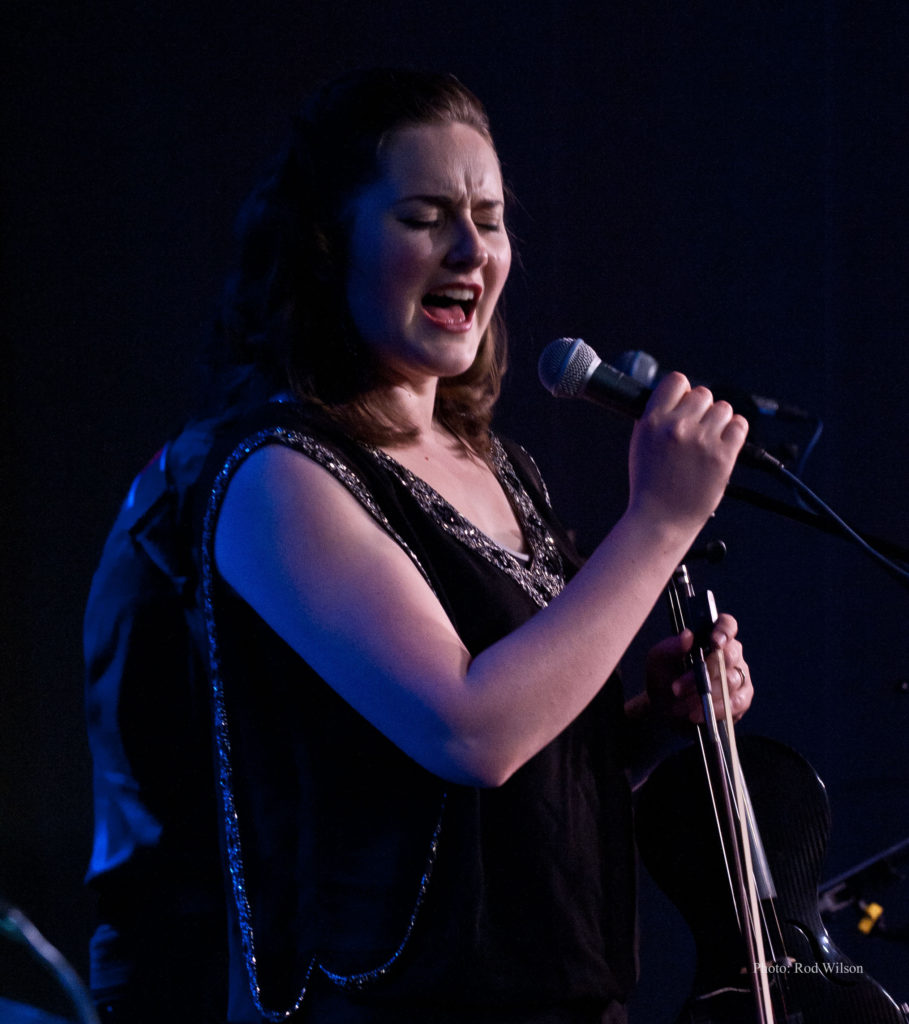
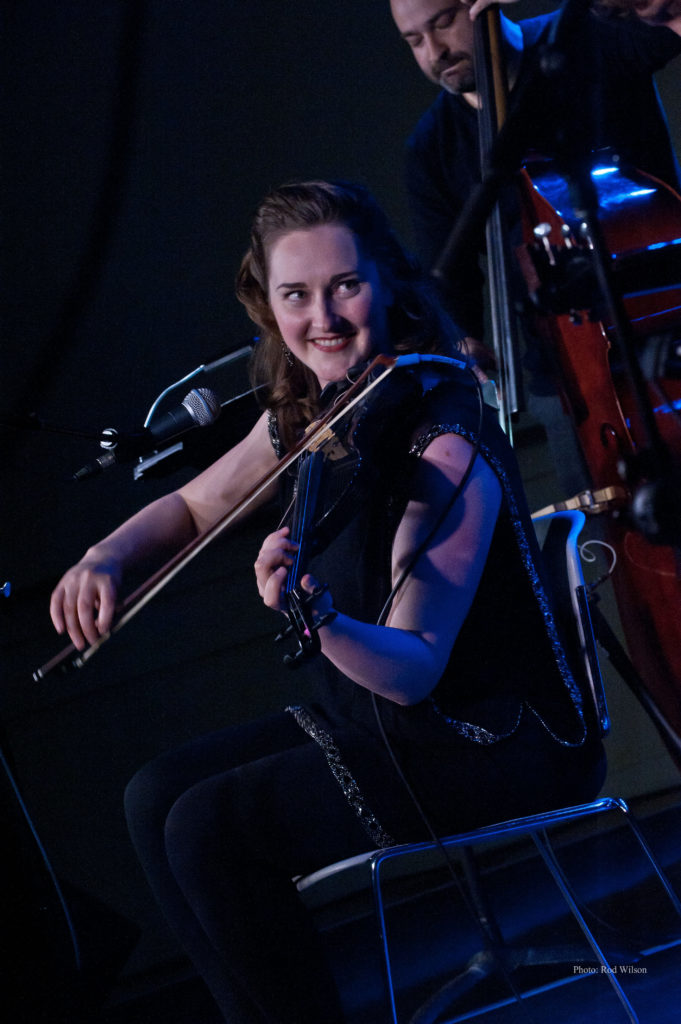
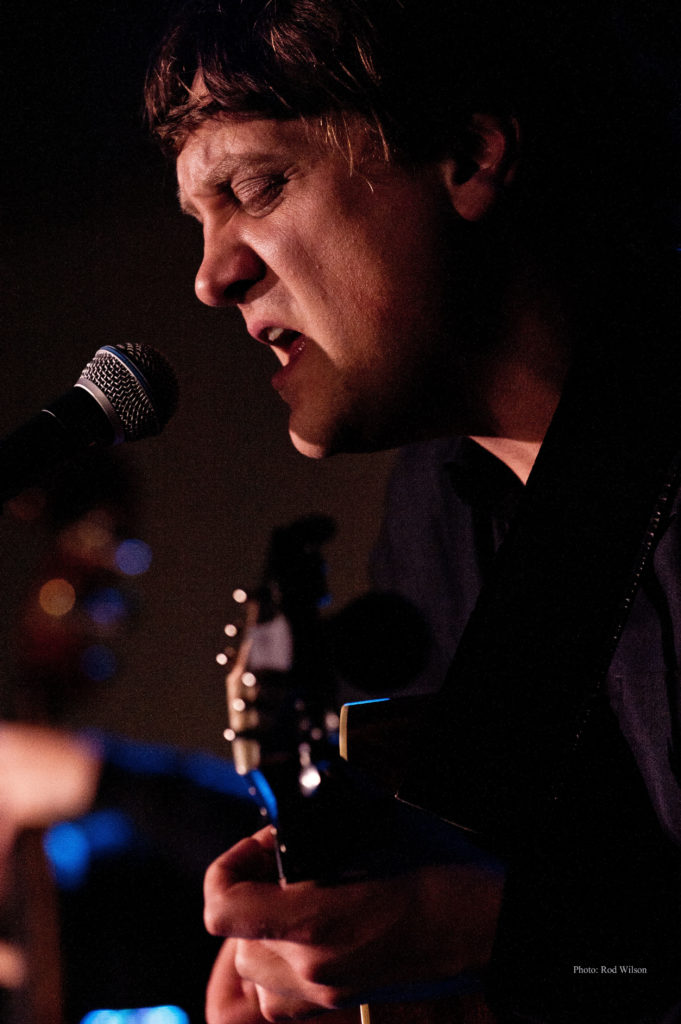
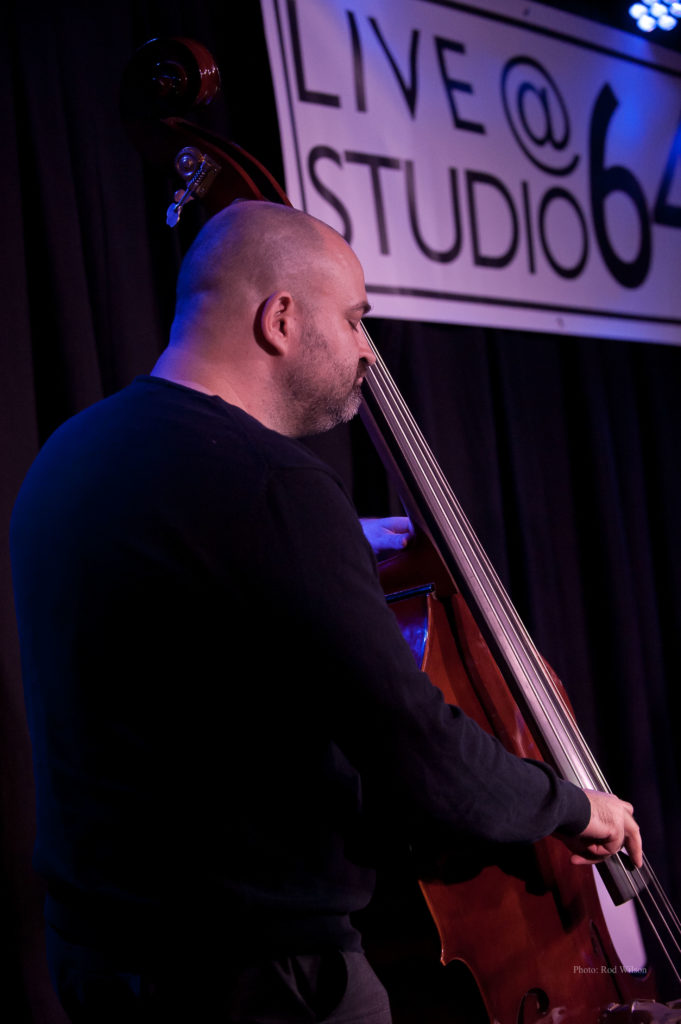
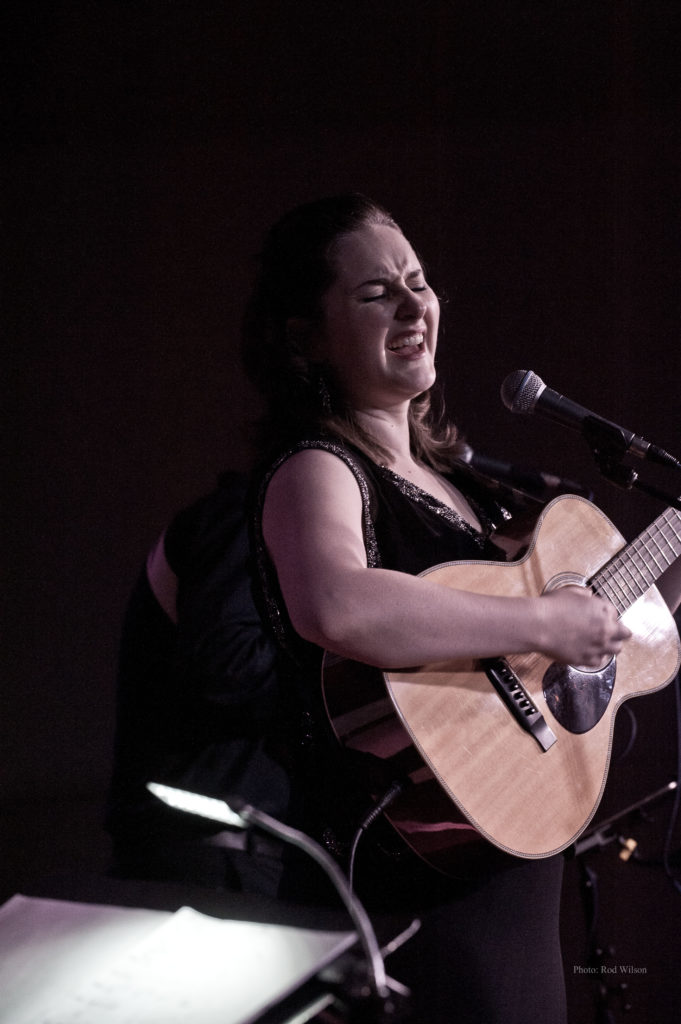
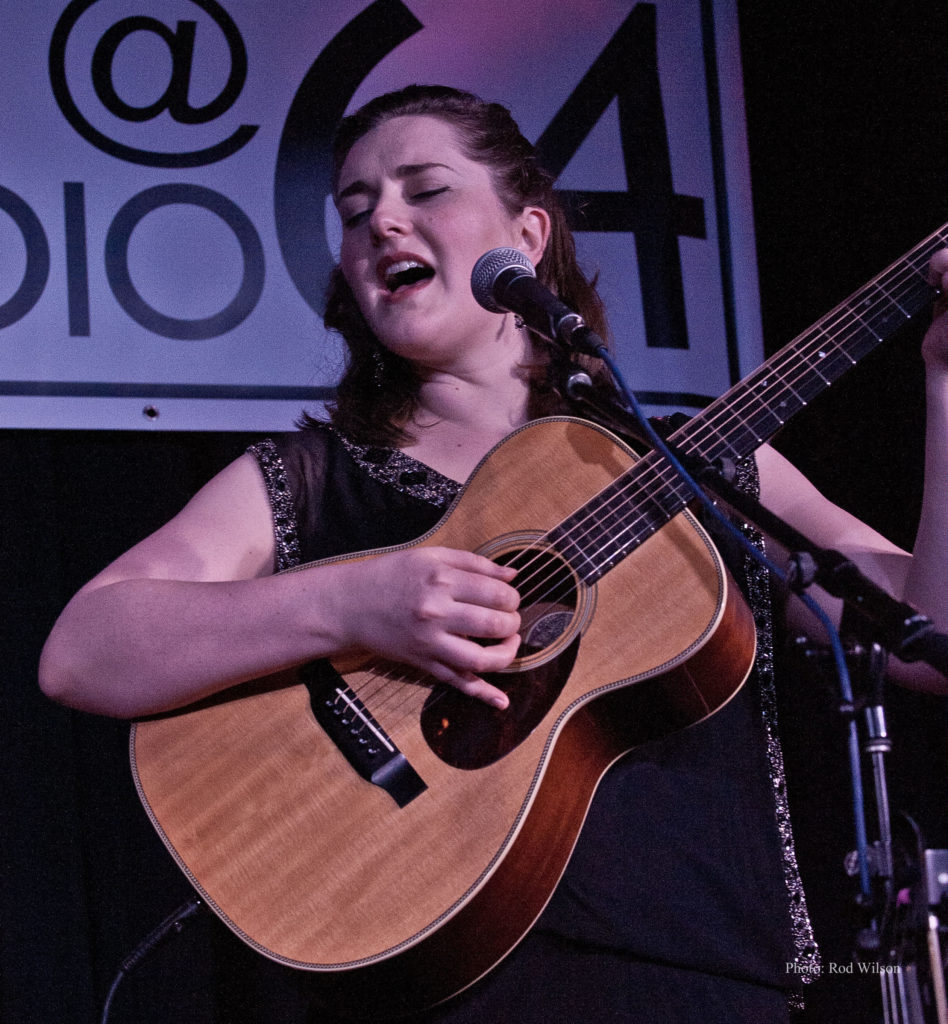
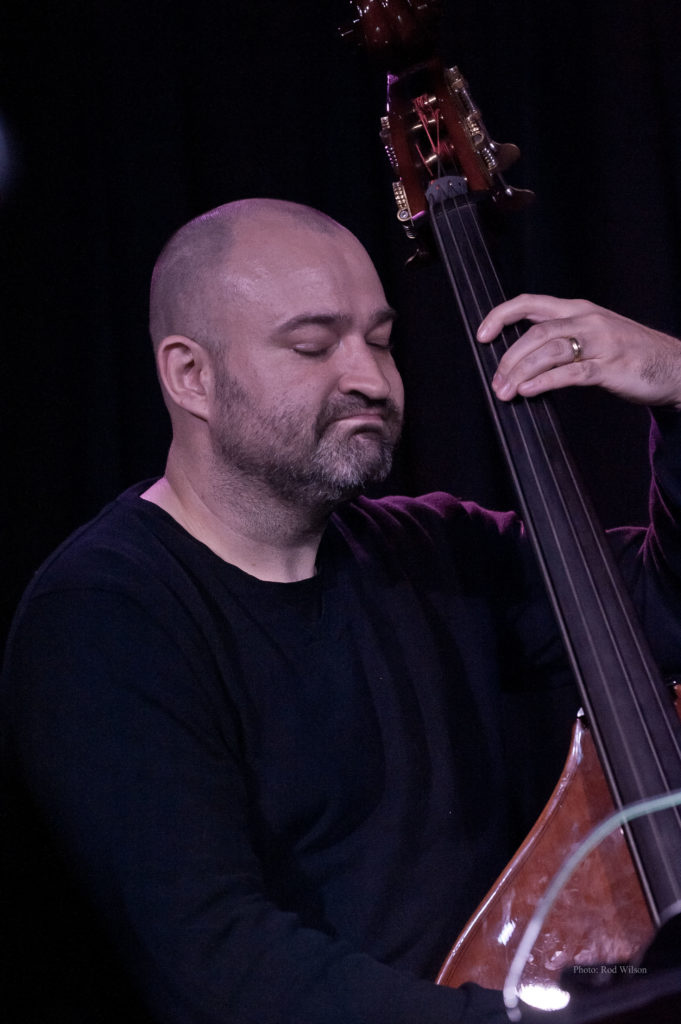
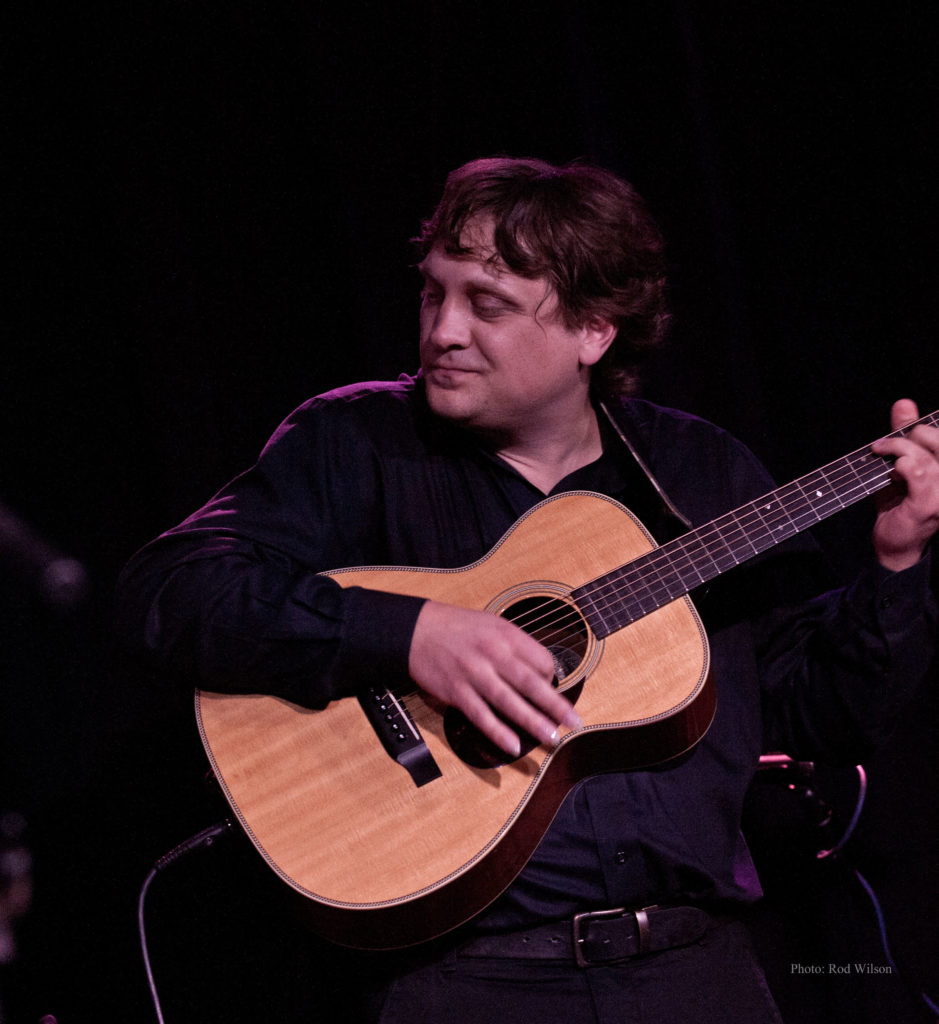
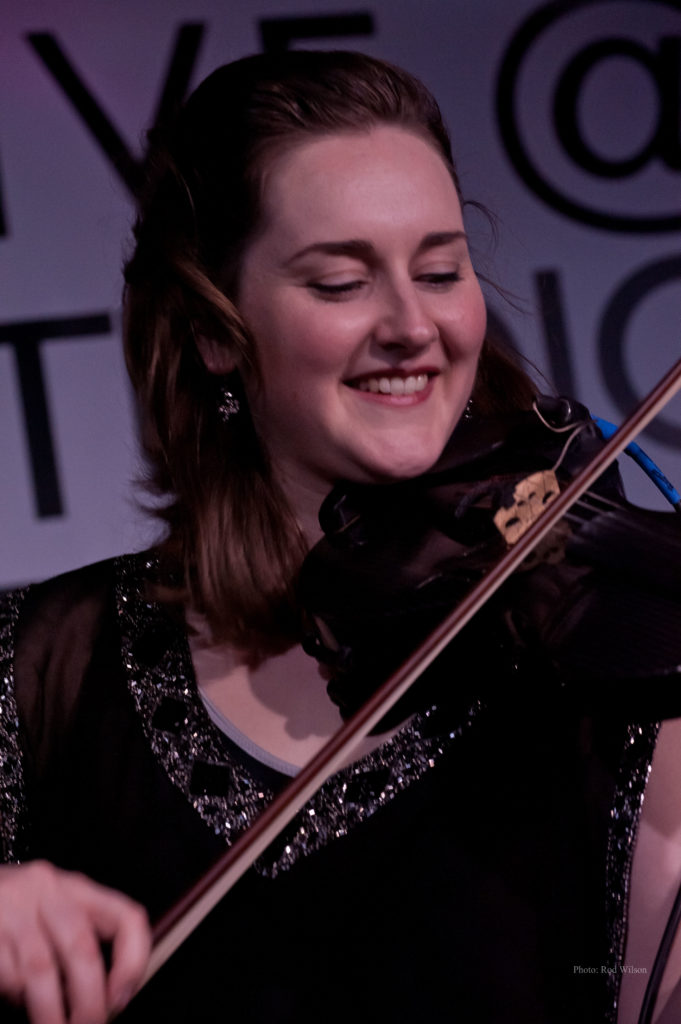
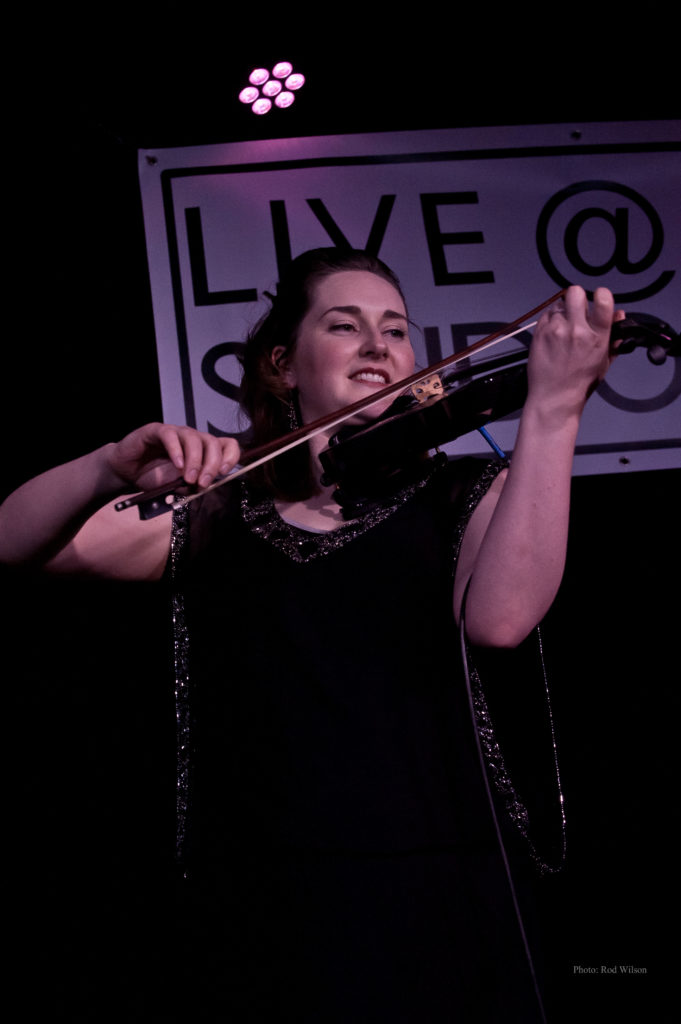

 Afrobeat is characterized by fairly large bands with multiple percussion instruments, including the the indigenous Shekere, keyboards, interlocking melodic West African guitar and bass guitar riffs, horn section and vocals. The overall sound is one of a riff-based “endless groove”. As with Fela Kuti, Newen Afrobeat uses the two baritone saxes in the horn section to add bottom end drive to the music.
Afrobeat is characterized by fairly large bands with multiple percussion instruments, including the the indigenous Shekere, keyboards, interlocking melodic West African guitar and bass guitar riffs, horn section and vocals. The overall sound is one of a riff-based “endless groove”. As with Fela Kuti, Newen Afrobeat uses the two baritone saxes in the horn section to add bottom end drive to the music.
